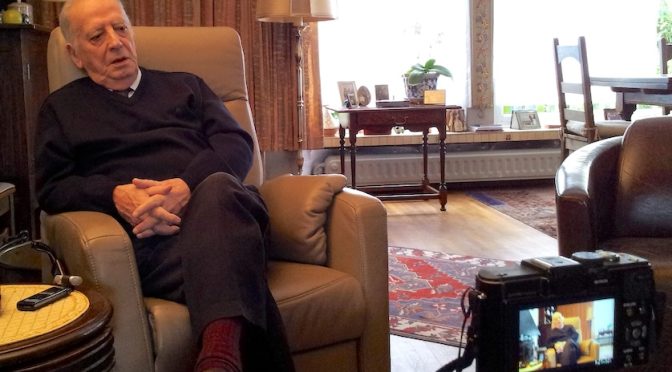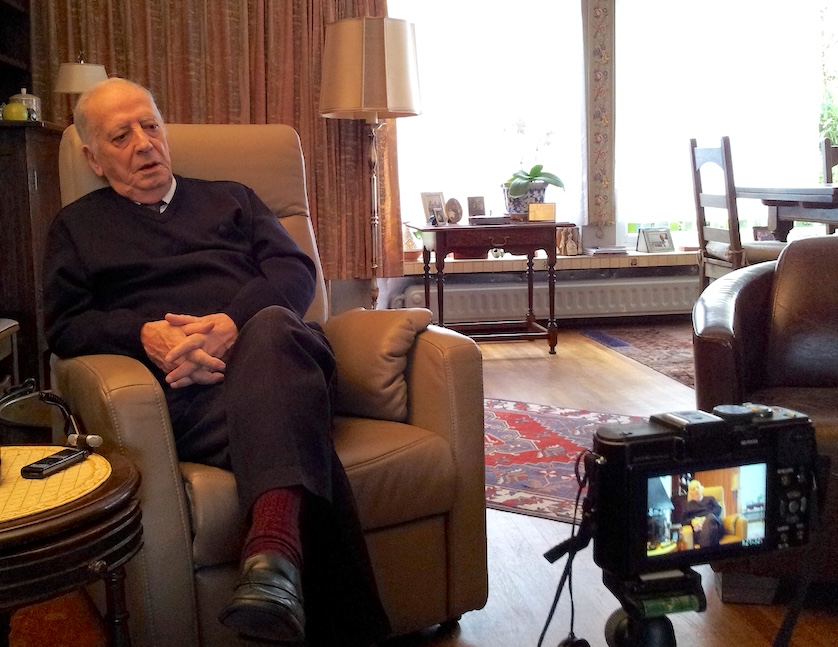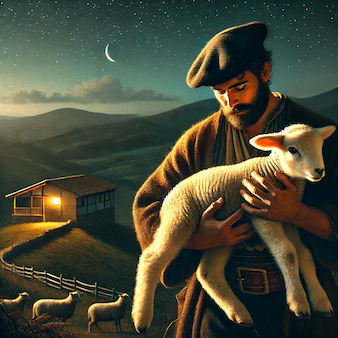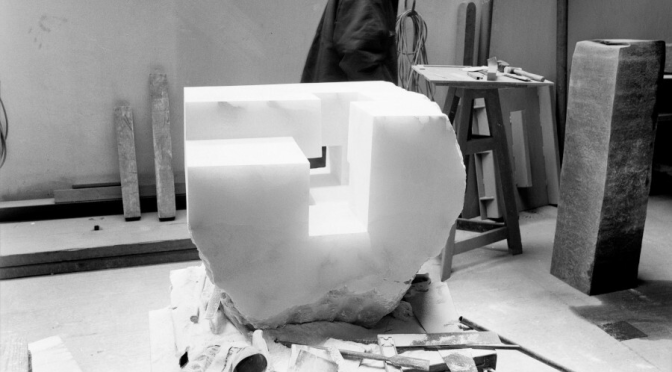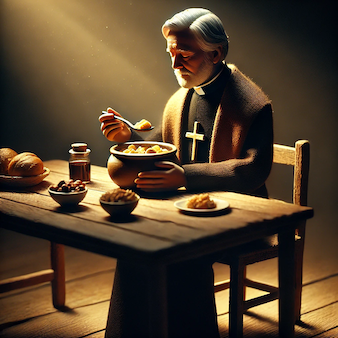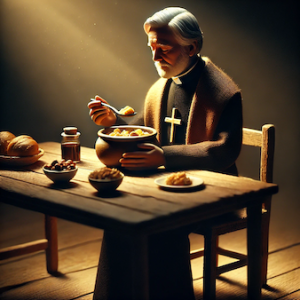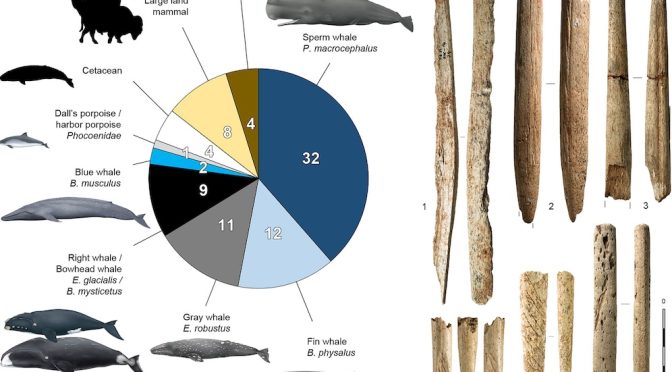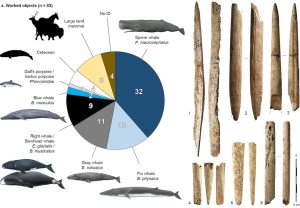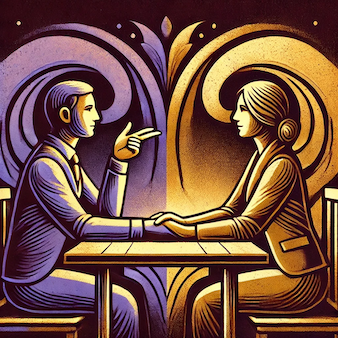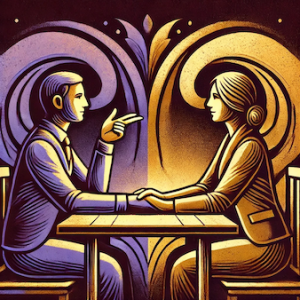The three Basque cities I’ve spent the most time in are Donostia, Munitibar, and Ermua. My dad’s sister and her family settled in Ermua as that is where the job was – her husband worked for the knife company Aitor until he retired. Ermua maybe doesn’t have the charm of the coastal cities, but it has its own unique marcha and, like so many Basque towns, a vibrant street life. The Basque tradition of the txikiteo is strong there, leading to the creation of some unique and spectacular pintxos. Not every city can be a tourist trap. Ermua is a town where the people just live their lives.
- Ermua is a town of about 16,000 people situated on the Bizkaian side of the Bizkaia-Gipuzkoa border. It lies very close to Mallabia and, on the other side of the Bizkaia-Gipuzkoa border, Eibar. It is situated at the foot of some mountains which aren’t very tall in the end, but because they rise immediately from the edge of town, they give the city a dramatic feel.
- The precise date of Ermua’s founding is unknown. It is first mentioned by the Lord of Bizkaia on January 20, 1372. The context suggests to some historians that Ermua was thus founded in 1279. However, there is evidence of prehistoric human activity in the area. At both the Kobagorri cave and the Gentilkoba natural shelter, there is evidence of Bronze Age burials. There are also dolmens nearby. Both point to a much earlier human presence.
- Neither do we know precisely what the name Ermua means. It could come from the Basque word muga, meaning border and referring to the border with Gipuzkoa. Or it could come from the Latin eremua, meaning wasteland.
- Since its earliest history, Ermua has been associated with industry. In 1462, Ermua was known to have a forge and by 1516, it had a factory dedicated to the manufacture of muskets and shotguns. In the 1900s, as industry grew in neighboring Eibar, Ermua felt the aftershock. In the 1960s alone, the population grew from 3,000 people to nearly 15,000, much of it driven by both new industry as well as being a bedroom community for the newly arrived immigrants to Eibar. In the 1970s, Ermua had a higher population density than either Bilbao or Barcelona, a consequence of the need to build up because of those mountains. Today, the economy of Ermua is centered around metal processing, including for automotive parts, machine tools, and bicycles.
- in 1794, Ermua fell to the French and was almost completely burned to the ground.
- Ermua played a role in the War of the Bands. In particular, in 1468, men gathered in Ermua on the side of Lope García Salazar in his fight against the town of Elorrio. In that same year, people from the neighboring town of Zaldibar fled to Ermua.
- Ermua gained some infamy in 1997 when their town councillor, Miguel Ángel Blanco, was kidnapped and executed by ETA. In response, a peace movement, the so-called Foro de Ermua, was created with the goals of promoting political and civil liberty.
- More recently, Ermua was celebrated for having the best pintxo of Bizkaia. Named the nigicreta and made from almadraba tuna, it was created by Jesús González of the bar Sagarra.
- Despite its industrial nature, Ermua boasts a number of attractions, including the Valdespina Palace, a magnificent Baroque-style residential building built in 1738; the Lobiano Palace, built in the 16th century and is one of the greatest Renaissance buildings in Bizkaia; and the Church of Santiago Apóstol another beautiful Renaissance building dating to 1600.
A full list of all of Buber’s Basque Facts of the Week can be found in the Archive.
Primary sources: Ermua, Wikipedia; Ermua, Wikipedia; Castaño García, Manu. ERMUA. Auñamendi Encyclopedia. Available at: https://aunamendi.eusko-ikaskuntza.eus/en/ermua/ar-40057/




